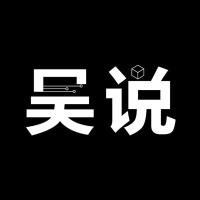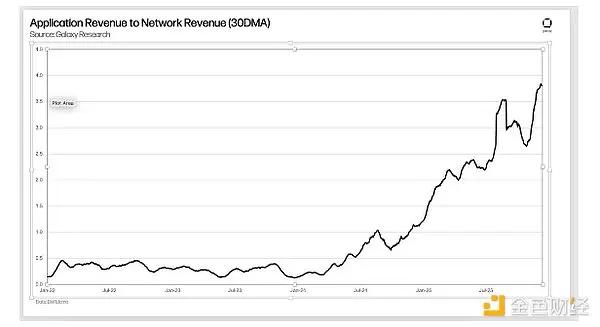Key Points Summary
Community-driven: 51% of the token allocation is for the community, with the support of Solana ecosystem leaders
Innovative SVM technology separates the Solana Virtual Machine from the consensus layer, enabling it to be deployed on any blockchain network
Comprehensive ecosystem solutions, including the SOON Stack (for building L2 based on SVM on L1) and the InterSOON protocol (cross-chain bridging), with $150 million in transaction volume on the TON-Solana bridge
1. Redefining Community-Driven Growth: SOON's New Approach
Decentralization is a fundamental principle of blockchain technology. However, fully achieving decentralization remains challenging. Currently, most projects adopt a hybrid approach, combining centralized elements to optimize operational efficiency.
This shift is primarily driven by blockchain projects' reliance on attention-driven market dynamics (the "attention economy"). Success requires the support of industry leaders to attract retail investors' interest. To gain this support, early-stage projects often offer discounted token allocations to venture capital firms and key industry figures.
As mentioned in our previous report, this strategy also applies to fair launch platforms. While these platforms facilitate fair token distribution, they provide early sales and allocations at preferential prices to whitelisted accounts that are expected to provide significant value, which are not available to retail investors. This practice has raised questions about whether these launches truly adhere to the principles of fairness.
Projects must balance fairness with the demand for industry strategic support, as the current environment is significantly different from the organic growth of the early ICO era. Today, projects heavily rely on market leaders' "endorsement," making the management of fair token distribution still challenging. Many early token buyers associated with the founding team have failed to deliver on their promised strategic value after the sale.
The SOON project introduces a unique approach within the current industry practices. Their research and content production presale provides retail participants with nearly the same purchasing conditions for "COMMing SOON NFTs" as other buyers. This strategy reimagines the fair distribution principles established by successful projects like Solana, Polkadot, and Avalanche, and adapts them to the market conditions of 2024.
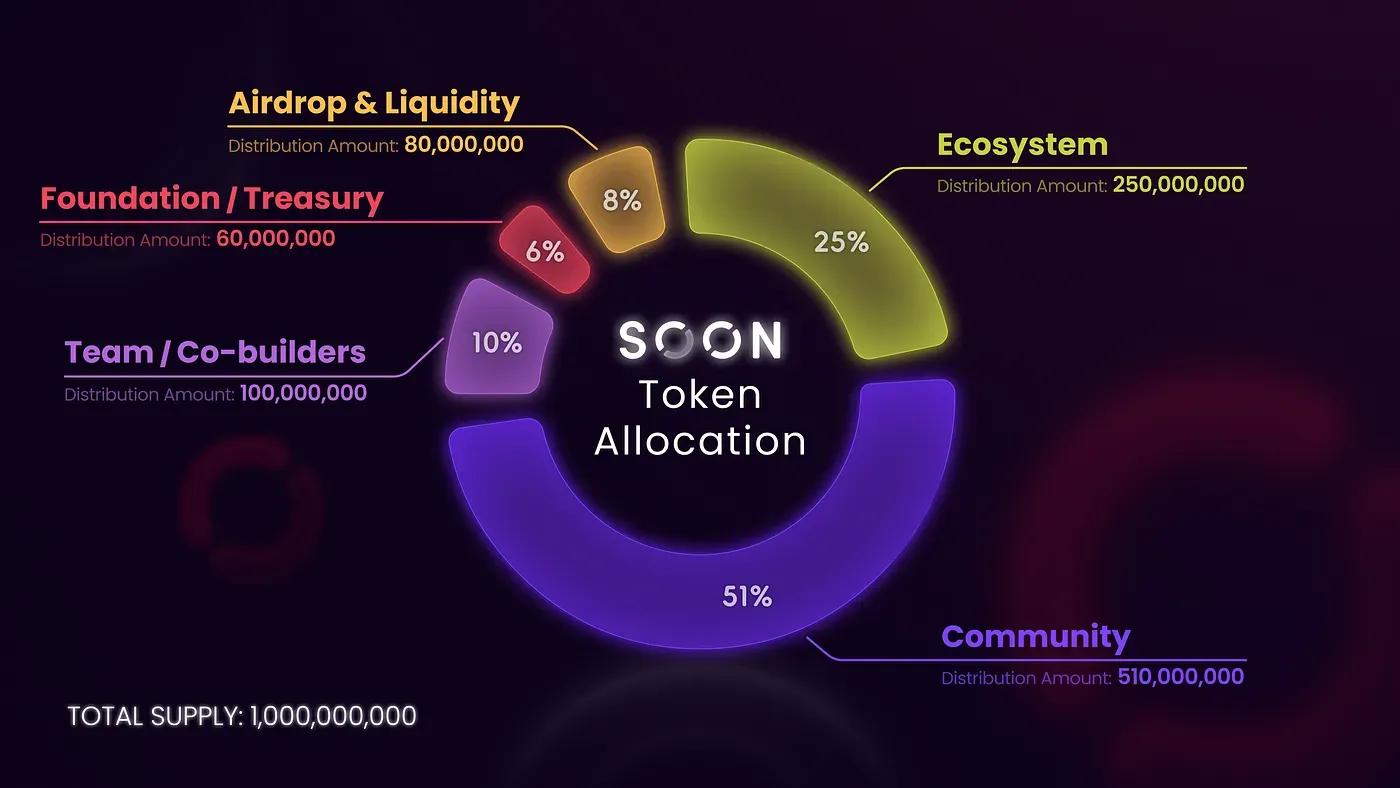
Source: SOON
The SOON project advances decentralization efforts through the implementation of a token economics model that allocates 51% of the total tokens to the community. This distribution is not limited to marketing but demonstrates a concrete commitment to community-driven governance.
The success of this implementation is attributed to three factors: the founders' credibility, industry leaders' support for SOON's community-centric vision, and a strong technical infrastructure. This report explores how SOON is executing this community-centric strategy.
2. Trust in SOON's Key Figures and Industry Leaders
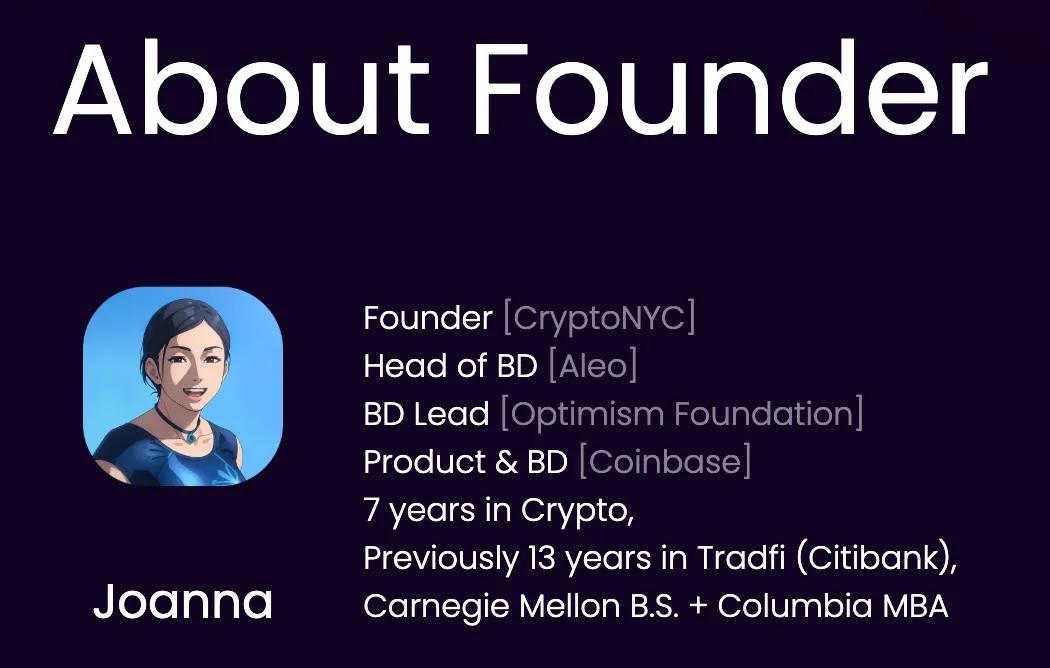
Source: SOON
SOON's co-founder and CEO, Joanna Zeng, has extensive experience in the blockchain industry since 2017, holding leadership roles at Aleo, Optimism Foundation, and Coinbase. Combining her 13-year career at Citibank, her expertise spans both the Web3 and traditional finance domains, making her an ideal founder to bridge these two realms.
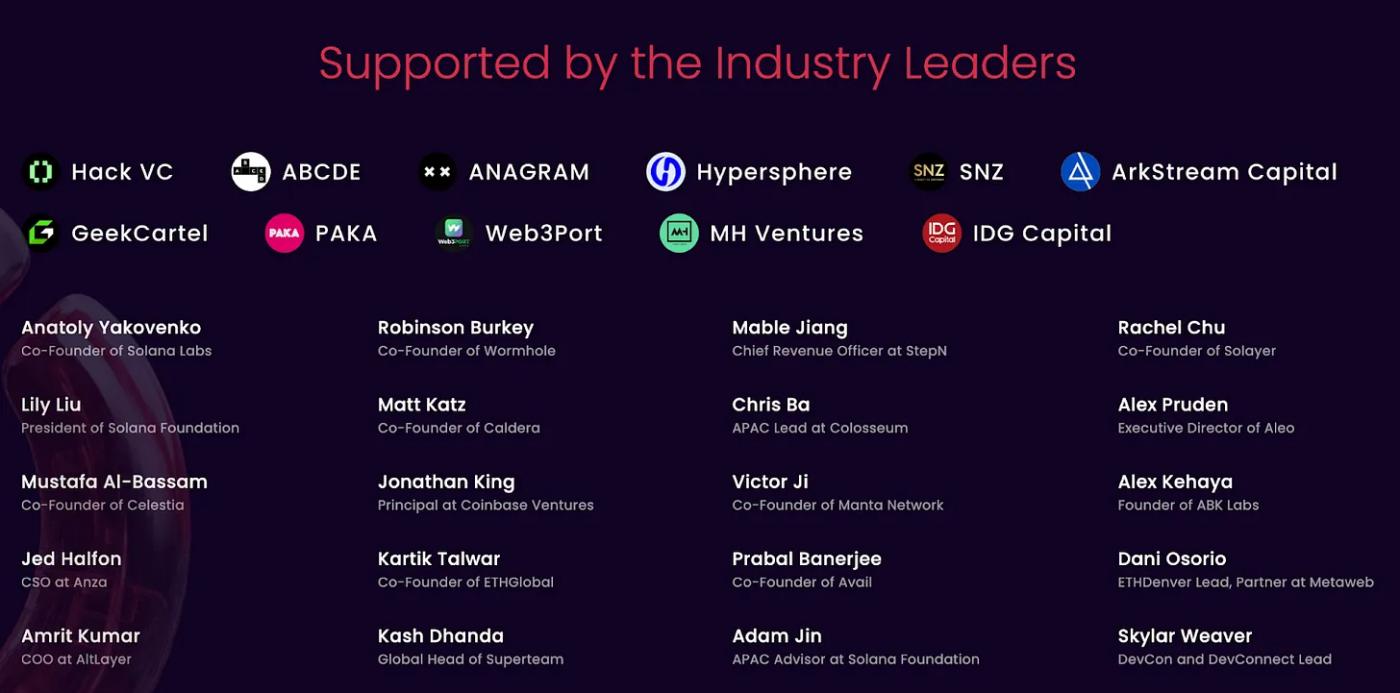
Source: SOON
SOON has established strong connections within the Solana ecosystem, gaining the support of influential figures, including Solana Labs' Yakovenko (Toly), Solana Foundation's Lily Liu, Coinbase's Jonathan King, and Celestia's Mustafa Al-Bassam. This support reflects both Zeng's industry track record and the anticipated impact of SOON on the Solana ecosystem.
The support from Solana ecosystem leaders holds unique significance, stemming from their shared market challenges, particularly when the SOL trading price was $8. Their support goes beyond typical KOL or VC endorsement and may provide a foundation for SOON to conduct community fundraising in the current competitive environment without offering discounted token allocations to VCs and KOLs.
3. SOON Expanding the Boundaries of Blockchains
Given that many blockchain projects have gained attention but failed to maintain momentum, understanding SOON's technical foundation and the technical capabilities of its supporters is crucial.
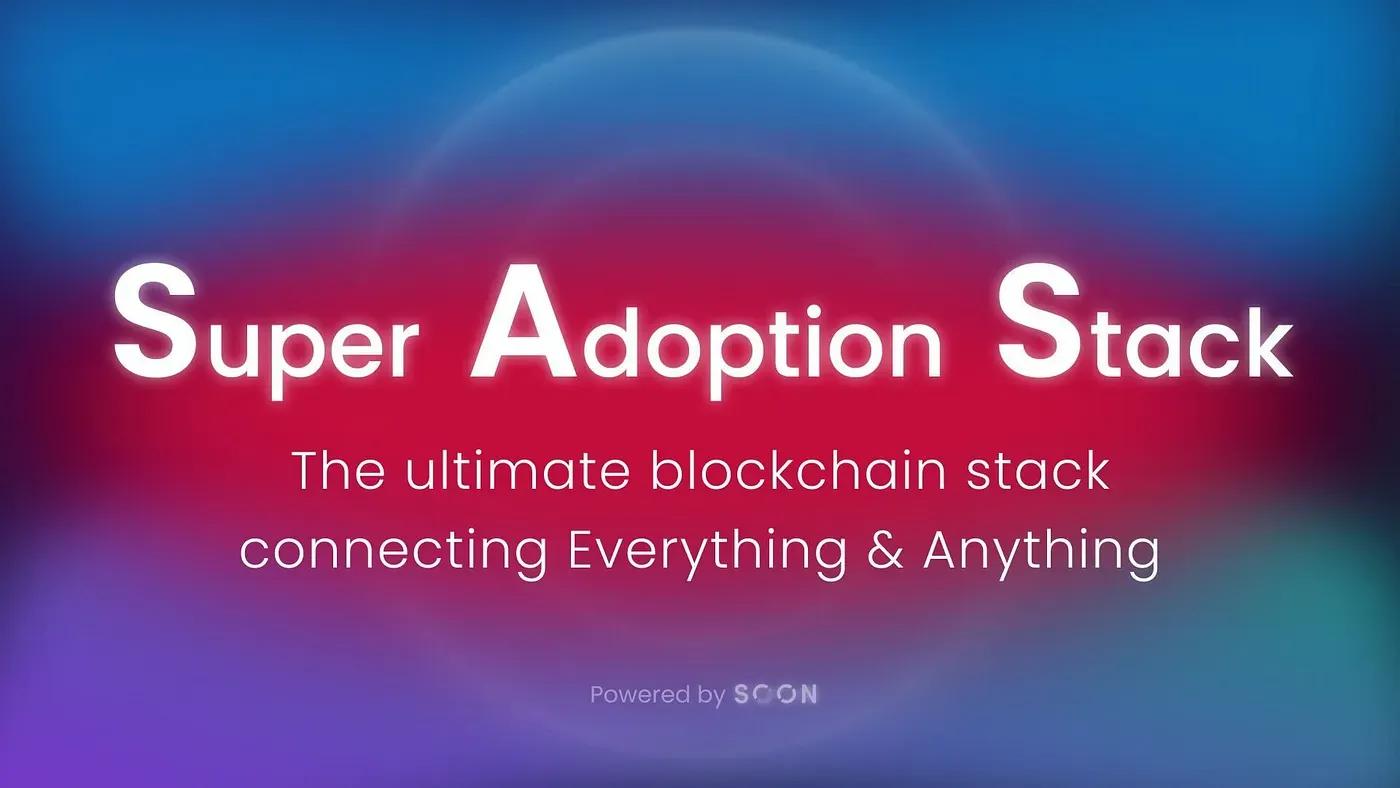
Source: SOON
SOON's core initiative is the development of the Super Adoption Stack (SAS), a high-performance SVM (Solana Virtual Machine) Roll-up platform aimed at enabling seamless cross-network communication and interaction, driving large-scale blockchain adoption.

Source: X
SOON is pursuing two primary goals: 1) deploying a high-performance SVM execution layer on all Layer 1 (L1) networks, including Ethereum; and 2) creating a platform that enables seamless interaction between L1 and SVM-based chains.
While the efficiency of the SVM execution layer has been validated, discussions continue regarding its implementation methods. Nevertheless, the Solana ecosystem is betting on the potential of SVM through its rapidly growing number of projects. Extending this execution layer to other L1s will enable projects to quickly build ecosystems and choose L1s based on security requirements and cost considerations.
This approach frees projects from the constraints of a single ecosystem, while expanding development possibilities. Cross-ecosystem connectivity supports both asset transfer and development efficiency, driving broader blockchain adoption.
SOON is advancing these goals through three core components: the SOON Stack, the SOON Mainnet, and InterSOON. Since its launch in June 2024, the ecosystem has rapidly achieved key milestones - the SOON Development Network release, testnet launch, and Mainnet Alpha stage - surpassing typical development timelines, where Mainnet Alpha stages often face delays.
3.1. SOON Mainnet
3.1.1. SVM
The SOON Mainnet introduces the "SVM," the first architecture to separate the Solana Virtual Machine (SVM) from its original consensus layer, implementing it as an Ethereum Layer 2 solution. SVM is a high-performance execution environment that was previously bound to Solana's consensus mechanism - like a high-performance engine fixed to a specific car chassis, unable to power other vehicles.

Solana's original SVM architecture tightly coupled the execution layer and the consensus layer. Each transaction required processing through the Proof of History (PoH) and Tower BFT (Byzantine Fault Tolerant) consensus mechanisms. PoH maintains the temporal ordering of transactions, similar to a chronologically archived newspaper library. This system allows Solana to process transactions in a predetermined order, in contrast to traditional blockchains that need to separately adjust the order of transactions when creating blocks.
Tower BFT verifies these ordered transactions through a gradual validator voting process on new blocks, in contrast to the traditional blockchain approach that requires all validators to simultaneously verify. While this method achieves faster consensus, the architecture restricts SVM to Solana's blockchain, preventing it from running independently or integrating with other blockchain networks.
In Solana's original architecture, state changes - including token transfers, smart contract execution, and NFT minting - require verification through the PoH and Tower BFT consensus mechanisms before being recorded on the network.
SOON overcomes these limitations by decoupling the SVM from Solana's consensus layer, creating an independent execution environment. The platform maintains data integrity through a new architecture that processes transactions independently of Solana's consensus requirements. It stores SVM transaction data in a separate Data Availability (DA) layer and links the execution results to an Ethereum-based verification system. Using a validation process similar to Optimism's fraud proof, this system can independently verify SVM execution results and has dispute resolution capabilities.
SOON's innovation enables SVM to be deployed on blockchain networks without relying on a single chain. This progress not only transcends the decoupling from Solana, but also represents a comprehensive redesign of the verification and data availability systems to achieve scalability and flexibility. By adapting Solana's execution environment to Ethereum and other networks, SOON separates the consensus layer and the execution layer, opening up possibilities beyond the limitations of traditional blockchains.
3.1.2. Merklization
SOON overcomes Solana's structural limitations and improves the reliability and scalability of the blockchain through the implementation of Merklization. Merklization creates an ordered data structure to enable efficient verification, similar to a library index system that allows users to quickly find books without searching every shelf.
Solana's original design prioritized transaction speed, but this optimization came with a key trade-off: the lack of a global state root. Without this unified state reference point, transaction verification requires a large amount of data recalculation. This limitation makes it difficult to implement cross-chain Rollup solutions - similar to a library without a catalog, finding a specific book requires manually searching each shelf.
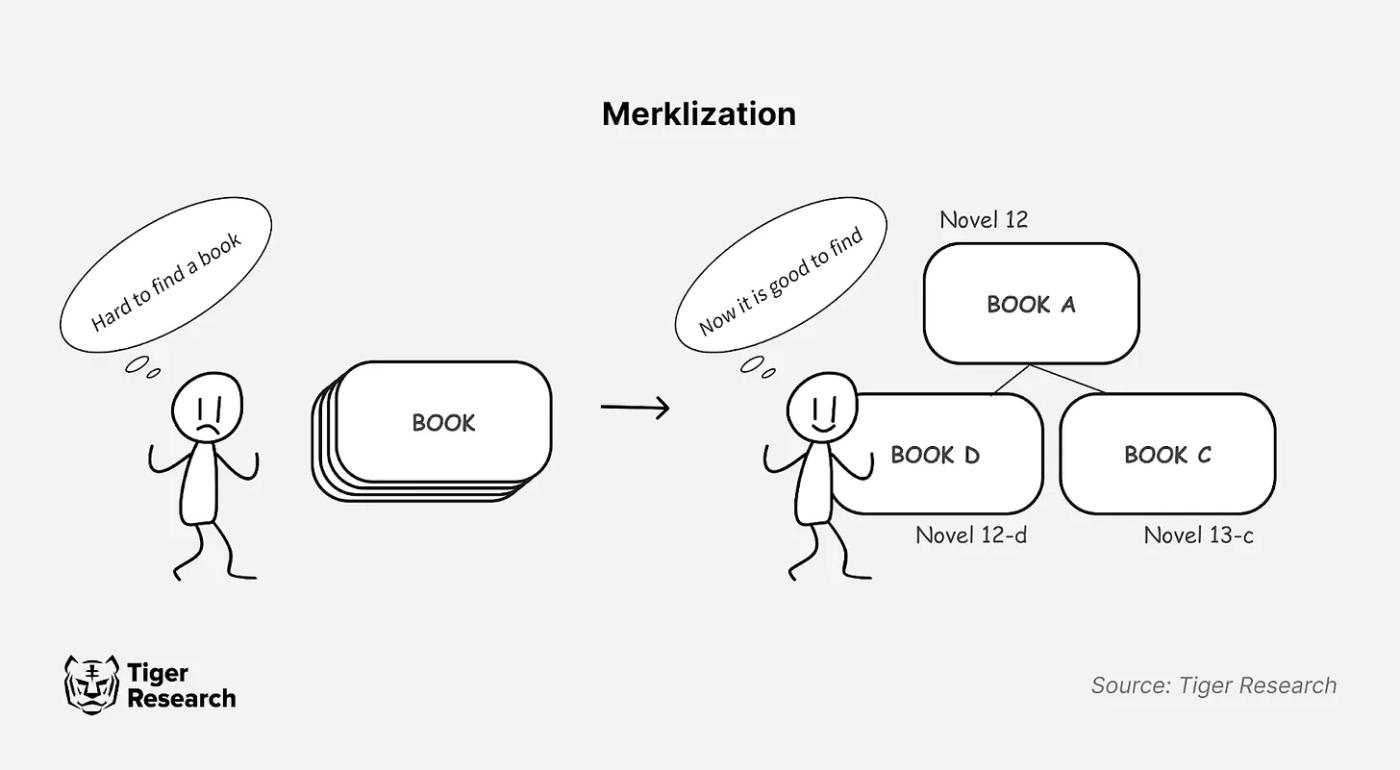
SOON adapts Ethereum's Merkle Patricia Trie (MPT) state management system to Solana's architecture. This implementation integrates transaction and account states into a single Merkle root to enable efficient verification. Merklized data makes light client verification possible without downloading the full network state, similar to mobile banking allowing users to check account balances without accessing the entire bank database.
Through Merklization, SOON provides an enhanced Layer 2 solution for Solana, with faster verification speeds and reliability, while also enhancing cross-chain capabilities. This creates a scalable infrastructure for the expansion and innovation of the blockchain ecosystem.
3.1.3. Horizontal Scaling
SOON uses horizontal scaling to scale processing capacity by distributing transactions across multiple nodes. When 10 nodes each process 1,000 transactions, the system can simultaneously process 10,000 transactions. This approach achieves cost-effectiveness through standard specification nodes and allows for unlimited scaling based on demand.
This architecture also enhances the network's resilience, as the system can continue to operate even if individual nodes face interruptions. Through these innovations, the SOON mainnet achieves a block time of 50 milliseconds and processes over 30,000 transactions per second. The platform expands to various L1 ecosystems through multiple data availability solutions, including eigenDA.
3.2. SOON Stack
The SOON Stack is a technical framework that enables L1 blockchains to build their own SVM Layer 2 solutions. The position of this framework is similar to Arbitrum Nitro or Optimism Bedrock. It leverages the technology of the SOON mainnet, which is the official L2 chain running on Ethereum.
Its core technology - the decoupled SVM - allows any L1 blockchain to build a Layer 2 solution with Solana-level performance. This enables chains to implement a high-performance execution environment tailored to their specific needs.
Some implementation cases demonstrate the performance of the SOON Stack in real-world applications. The CARV SVM is optimized for AI applications, the Cytonic SVM achieves interoperability across a multi-virtual machine ecosystem, and the svmBNB provides high-performance processing for the Binance Smart Chain. These projects maintain stable real-time service by maintaining a customized gas fee structure consistent with their specific requirements.

Source: SOON
SOON is expanding its partnership with key Rollup-as-a-Service (RaaS) providers, including AltLayer and Caldera, to enhance technical reliability. The team aims to expand support for L1 blockchains and DA solutions.
This comprehensive approach enables developers to leverage the capabilities of SVM to build innovative applications. The SOON Stack has evolved from a technical platform to a key driver of scalability in the blockchain ecosystem.
3.3. InterSOON
InterSOON is a messaging protocol designed to facilitate efficient communication between blockchain networks. One of its most notable achievements is the native bridge connecting TON and Solana, which recorded $150 million in transaction volume within just two months of launch.
Traditional cross-chain transfers are inefficient. For example, transferring ETH to another blockchain requires locking the original asset in a custodial vault and issuing a wrapped token on the target chain. This approach fragments liquidity and increases complexity, reducing capital efficiency.
InterSOON eliminates intermediaries through the use of a direct messaging system based on Hyperlane. Just as a courier service directly moves a package between the sender and receiver, messages are transmitted directly from the source chain to the target chain and verified by real-time validators. This allows the SOON mainnet, chains based on the SOON Stack, and major blockchain networks to operate as a unified system.
InterSOON provides three key advantages: a standardized communication framework that allows developers to use a single protocol for all cross-chain interactions; maintaining asset integrity through direct transfers rather than wrapping; and increased processing speed and reduced fees through its decoupled SVM architecture.
These innovations establish true blockchain interoperability and lay the foundation for advanced cross-chain services.
4. SOON's Ecosystem Strategy: Adaptability and Technological Innovation
SOON has demonstrated remarkable adaptability in the ever-changing blockchain landscape. While technical excellence is crucial, sustainable growth requires responding to market trends and industry changes. SOON has showcased this flexibility by integrating emerging technologies and establishing strategic partnerships to expand its ecosystem.
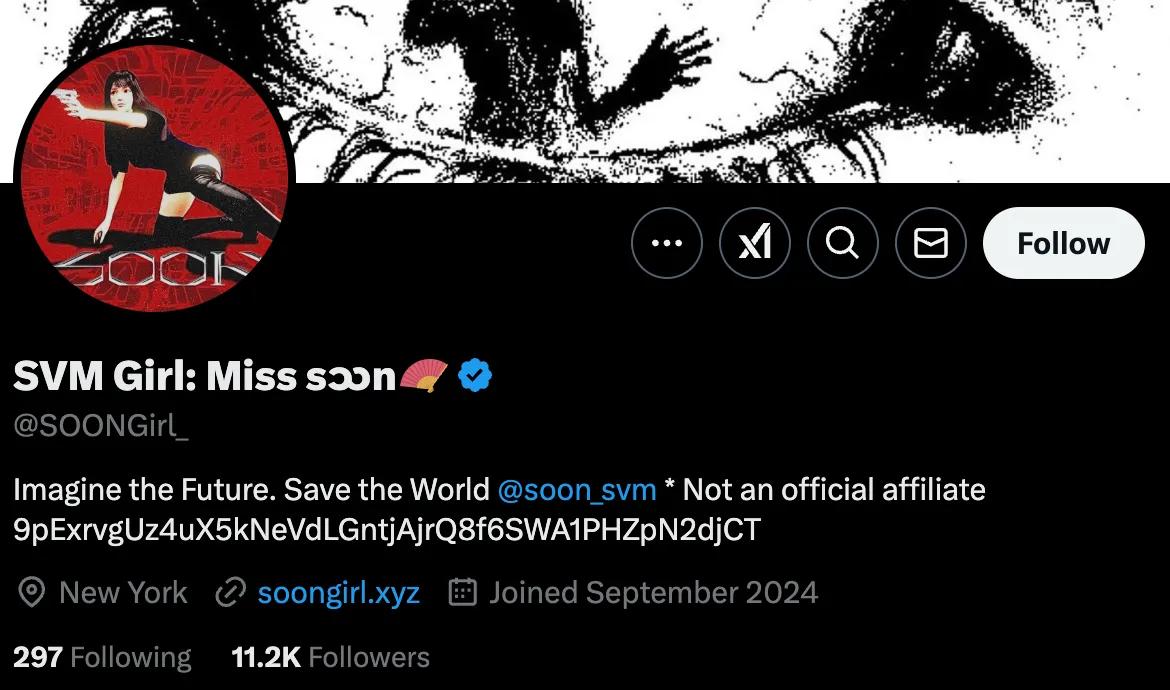
Source: X
This adaptability is evident in SOON's approach to AI integration. The platform has optimized its infrastructure to meet the specific needs of AI applications for speed, cost-efficiency, and data reliability. Specialized AI chains, such as CARV, are now built on the foundation of SOON. In addition to following AI trends, SOON has also launched its own AI agent, SOON Girl, demonstrating real-world applications.
SOON's adaptability is also reflected in its expansion of the ecosystem through strategic partnerships with industry leaders, including Aethir in the DePIN domain, Bonk, EigenLayer, and AltLayer.
By rapidly integrating key market trends and collaborating with leading projects, SOON continues to position itself at the forefront of blockchain innovation. The project's proven execution and adaptability capabilities have strengthened its industry influence.
5. Achieving Growth through Community Engagement
This report highlights SOON's focus on community-driven growth, rather than rapid expansion through a few leaders. The project maintains a development pace to build community trust and participation, supporting sustainable growth. As the "Big Bang" ecosystem event scheduled for the mainnet launch in February will boost community engagement, providing $SOON token rewards for NFT holders and users interacting with ecosystem projects.
The success of SOON's blockchain adoption strategy will ultimately be measured by the adoption rate of the SOON Stack. While the initial progress is encouraging, attracting influential flagship projects remains crucial for ecosystem growth. Given the evolving interests of the blockchain community, maintaining long-term community trust is essential for SOON's continued development.



